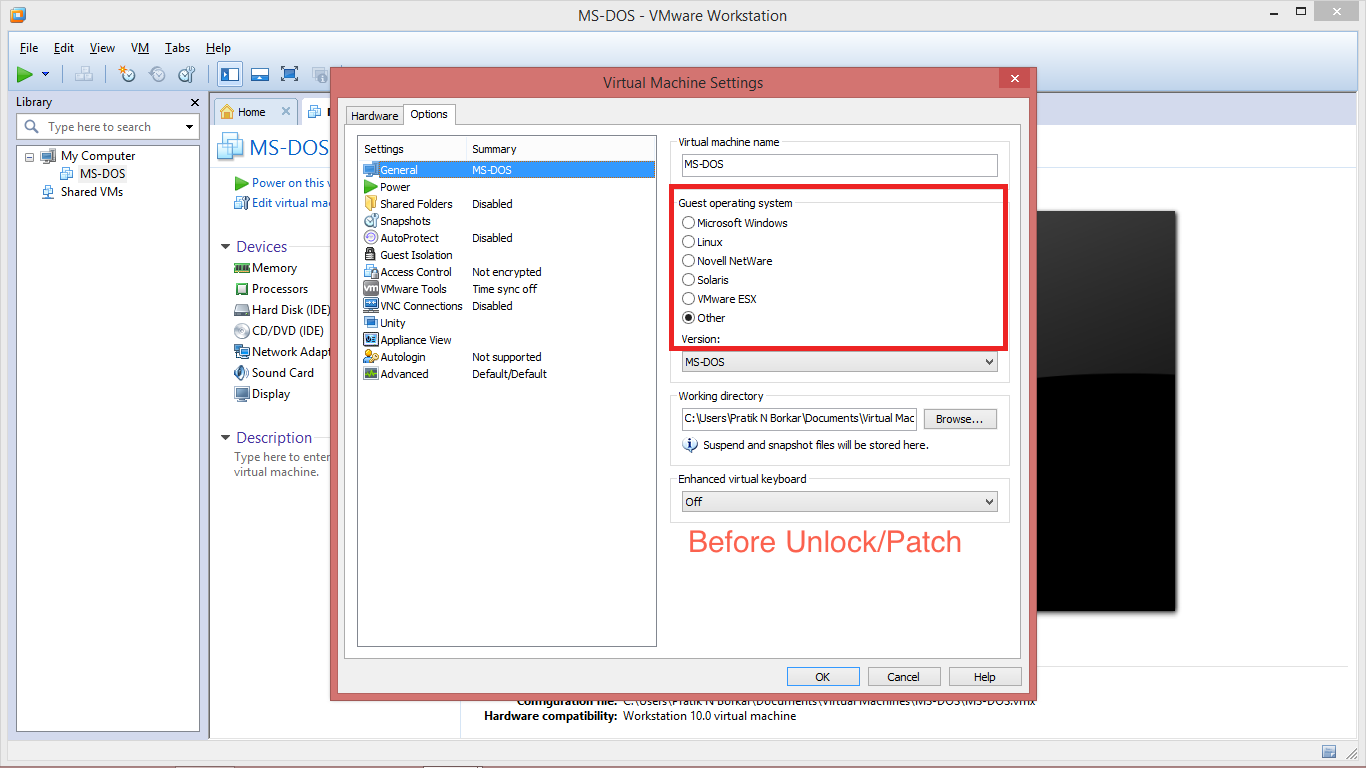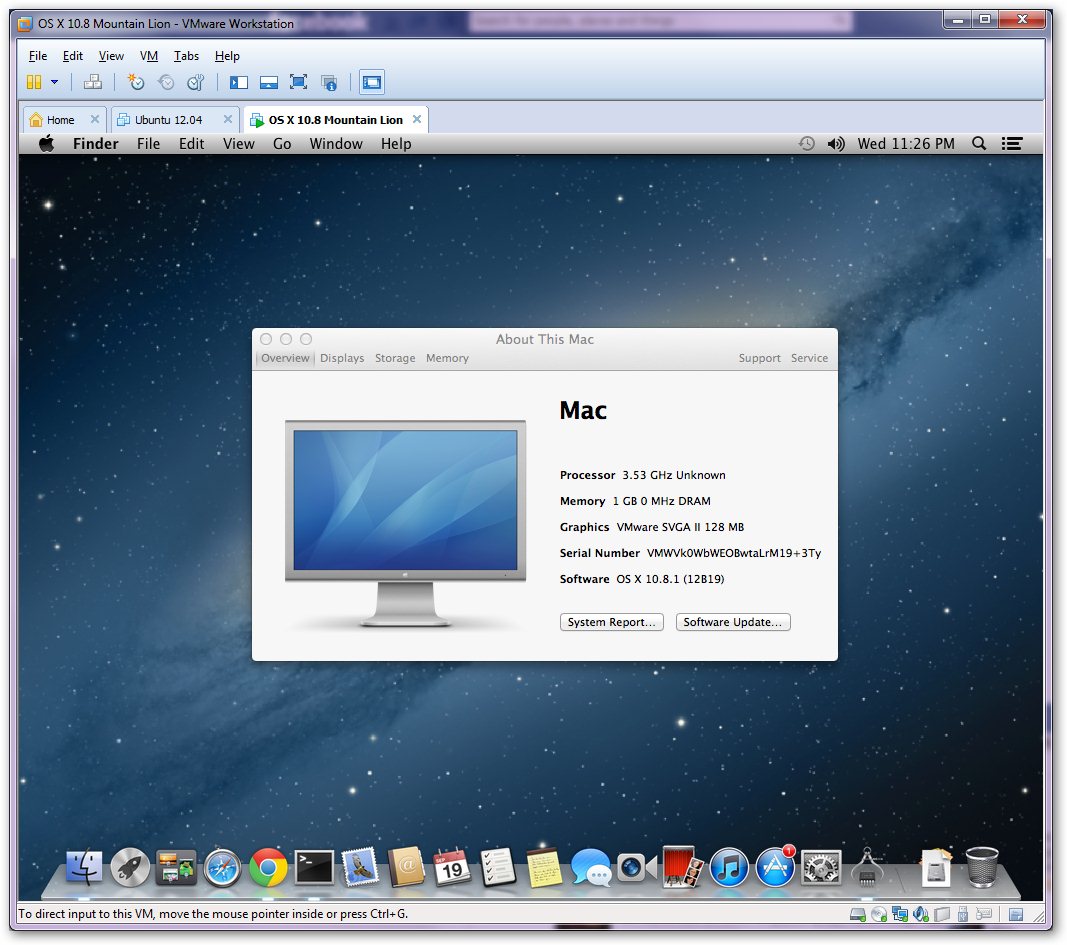

MacOS El Capitan is designed for a wide range of devices, from the Apple Watch to the 27-inch iMac. It comes with a lot of new features and improvements. MacOS El Capitan operating system was released in September 2015. This file can be downloaded from various sources on the internet and is useful for those who want to run El Capitan on a virtual machine using software like VirtualBox or VMware. The macOS El Capitan VMDK file is a virtual disk image file used to install and run the El Capitan operating system on a virtual machine. This is actually a macOS El Capitan VMDK file that we have prepared for Virtualbox and VMWare. Apple includes drivers for components within your Mac that should automatically install once Windows has booted for the first time.In this article, we will share links to Download macOS EL Capitan ISO Image/VMDK for Virtualbox and VMWare. To use Windows you’ll need to reboot your computer, hold the Option key, then select Windows from the list of bootable volumes.

On older machines (a category that Intel Mac models now fall into), this can result in a moderate performance penalty which isn’t present on a native install.Īs noted, you can only do this using a Mac with an Intel CPU. Running Windows in a VM means that you have to share resources with macOS. Installing Windows natively allows you to run Microsoft’s operating system at full speed. What You Need to Know About Installing Windows Natively on a Mac

Apple no longer manufactures Intel-based machines, so you’re limited to buying a used Mac if you’re specifically looking for a computer that can do this. If you have an older Mac with an Intel chip you can install Windows natively on your computer, effectively turning your Mac into a standard Windows PC. If you have an older Mac with an Intel processor you can still install Windows natively. Before 2020, Apple used the same Intel processors which meant their machines were natively compatible with Windows. Mainstream Intel and AMD processors use a different processor architecture, called x86. All Mac models introduced or refreshed since 2020 have used an Apple Silicon processor like an M1 or M2 that is not compatible with the same version of Windows that would be installed on a standard PC. Since Apple switched to using proprietary ARM-based chips with the arrival of the M1 in 2020, it’s no longer possible to run “standard” x86 Windows on modern Apple computers.

Install Windows on Your Intel Mac with Boot Camp Other Options for Running a Windows VM on Mac Option 2: Run a Virtual Windows Machine With VMware Run Windows in a Virtual Machine on a Mac


 0 kommentar(er)
0 kommentar(er)
